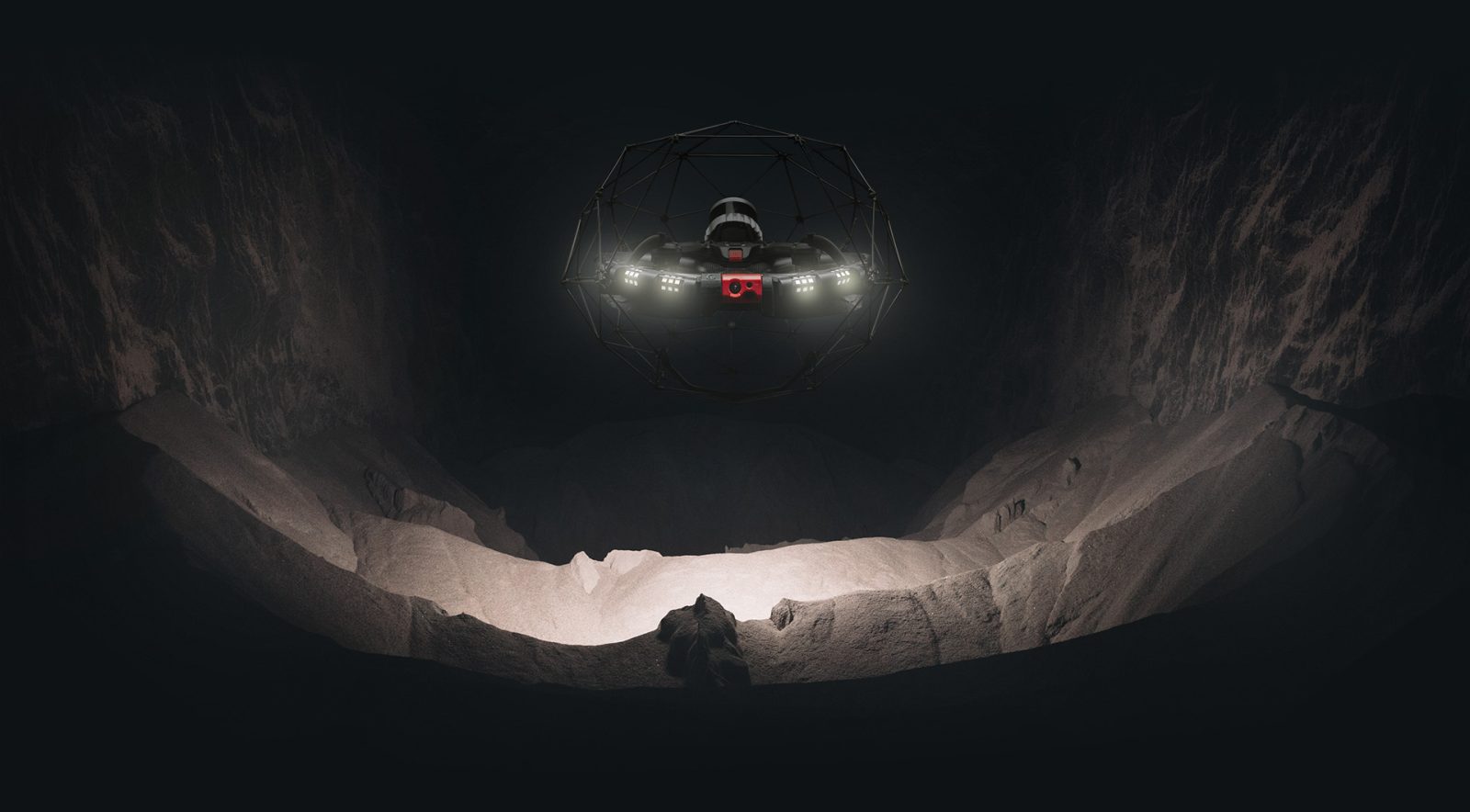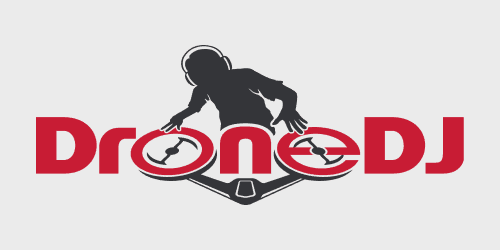
Switzerland’s Flyability has released a new automated feature for Elios 3, a drone developed especially for indoor and confined-space inspections. The drone can now automatically monitor the live video connection and return to its flight path if the video is interrupted due to signal loss.
Radio signal loss for a drone
Elios 3 has been designed to fly in some of the most challenging environments, such as underground storage vaults housing radioactive nuclear waste. In such complex conditions, the signal between the drone and the controller can get absorbed or reflected by the surroundings, resulting in interruption.
Absorption typically happens when the drone is operating inside particularly dense material, such as thick concrete or rock walls in a mine. Signal loss can also happen if the drone turns a corner in a sewer, or simply when the drone is too far away from the controller. In the same vein, reflection-based interruptions can happen when the drone is being flown in environments with lots of metal. The controller or drone may still receive the signal but in an attenuated form, increasing the risk of signal loss.
Also read: DJI’s 2023 Mini drone falls to $299 in holiday discount deal
Elios 3 Return-to-Signal (RTS) feature
Return-to-Signal, which is a first-of-its-kind automated feature for Flyability, works by reacting to signal loss. The drone automatically retraces its flight path up to 300 meters until it reconnects to the controller or reaches the take-off location.
As mentioned before, the Elios 3 monitors its live video feed during a flight and communicates with the controller as it transmits the footage. When the drone detects a problem with this transmission, RTS is initiated. See the demo video below:
Flyability explains that there’s a 5-second window where a pilot can choose not to activate RTS, but otherwise, the Elios 3 will automatically begin to retrace its flight trajectory. This may be visible in the LiveMap if a LiDAR payload is mounted on the drone. Once the drone has flown to a point where the video connection is re-established, the pilot can take control of the flight again.
RTS can prove particularly useful in cases of accidental mishandling or other problems such as the radio battery dying mid-flight or the USB cable for the tablet being disconnected. The safety feature will give pilots the confidence that even if the worst were to happen, there are safeguards in place to avoid losing the drone and its onboard data.
Flyability raised over $15 million last year to enhance the sensing and autonomy capabilities of Elios 3.
Read more: New Sony drone firmware improves mapping, safety features
FTC: We use income earning auto affiliate links. More.





Comments